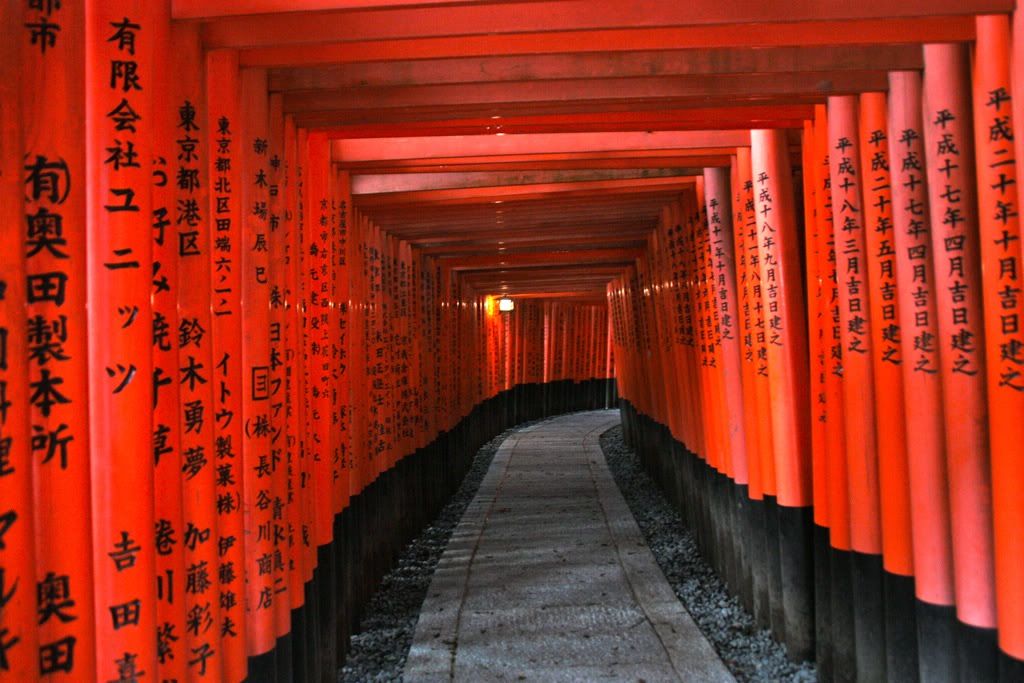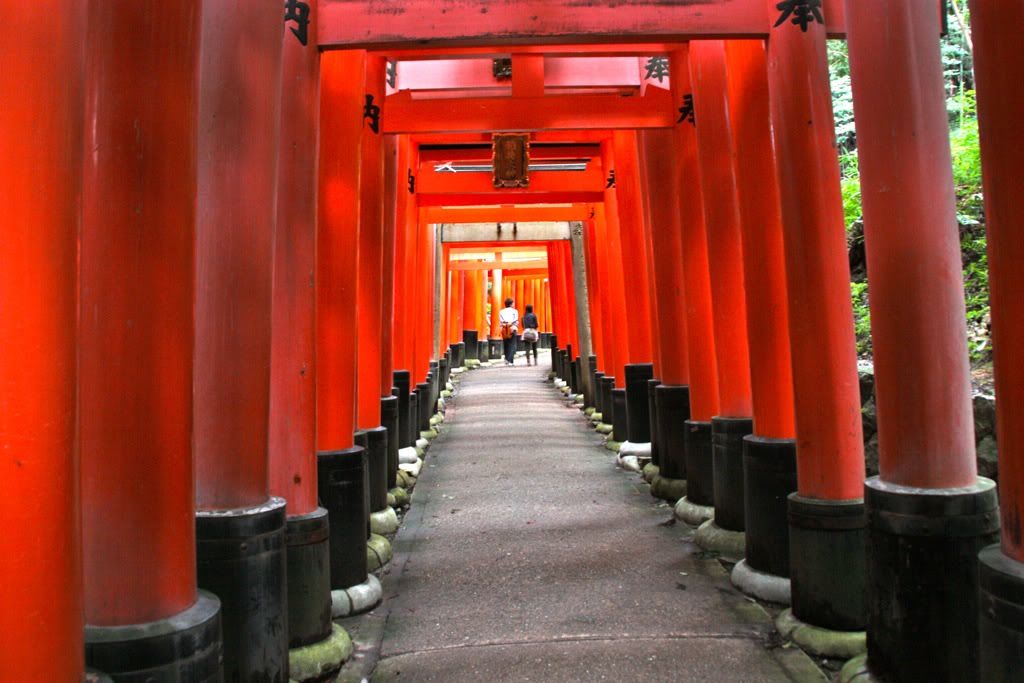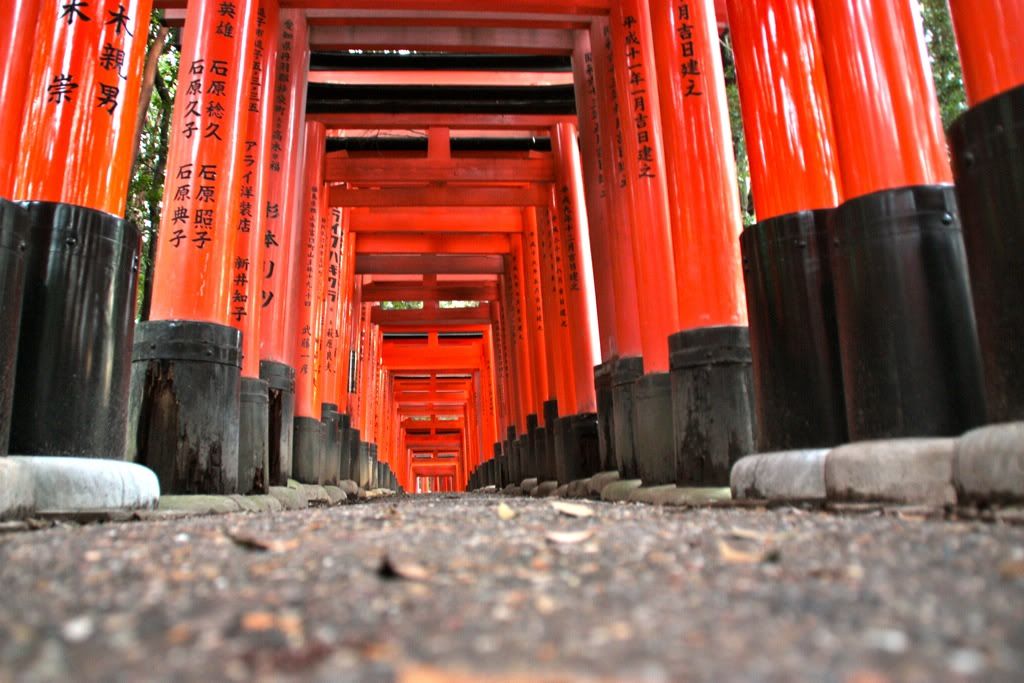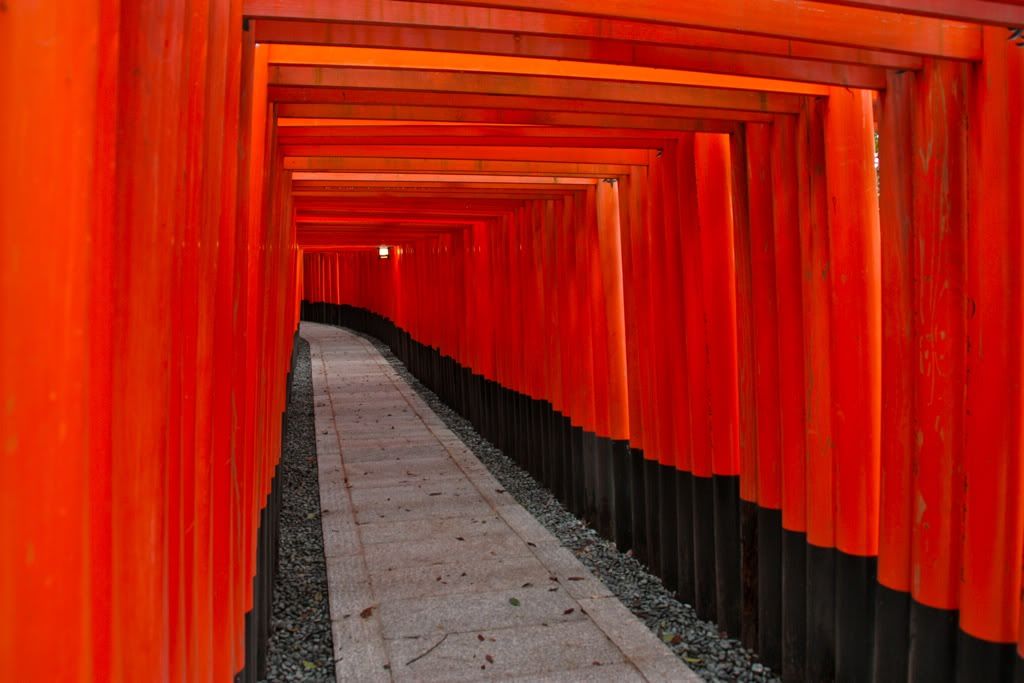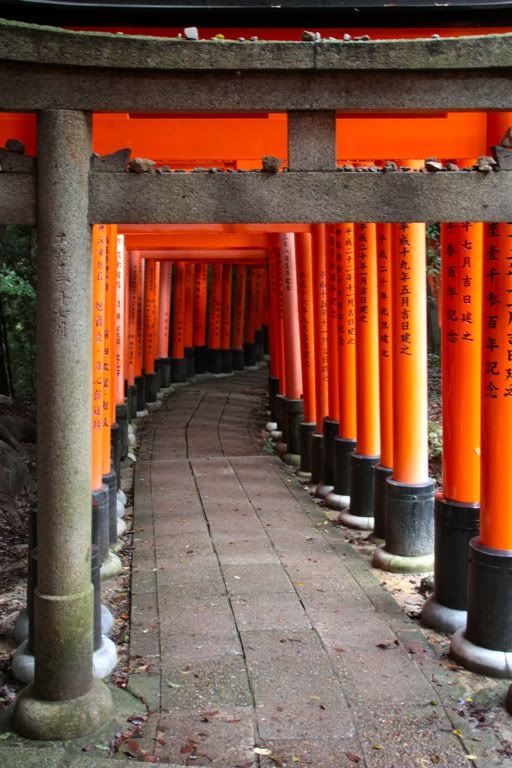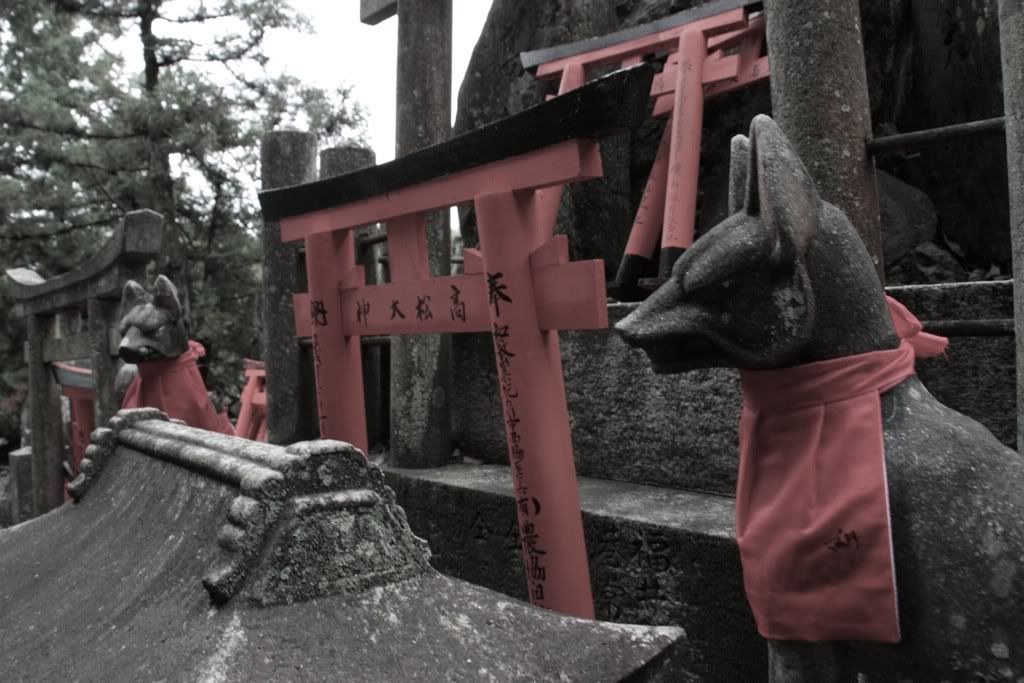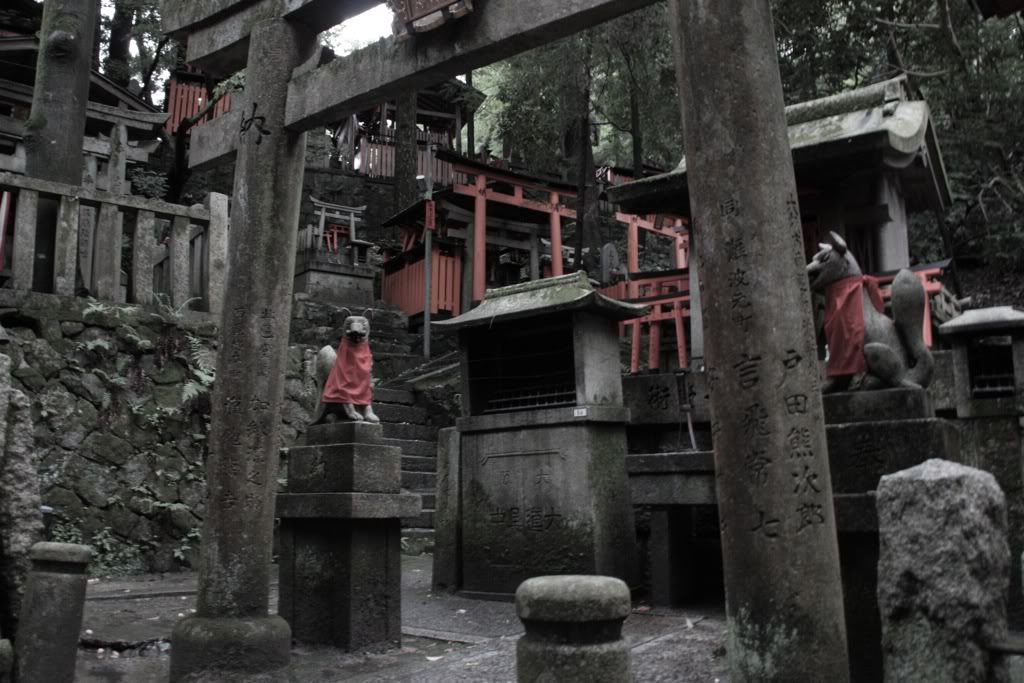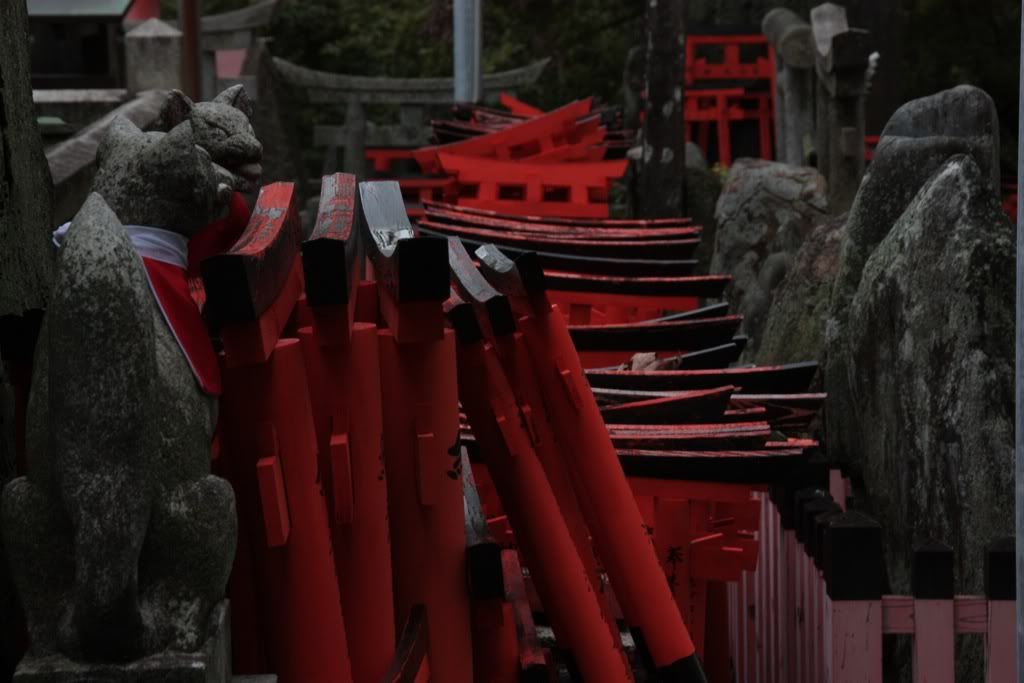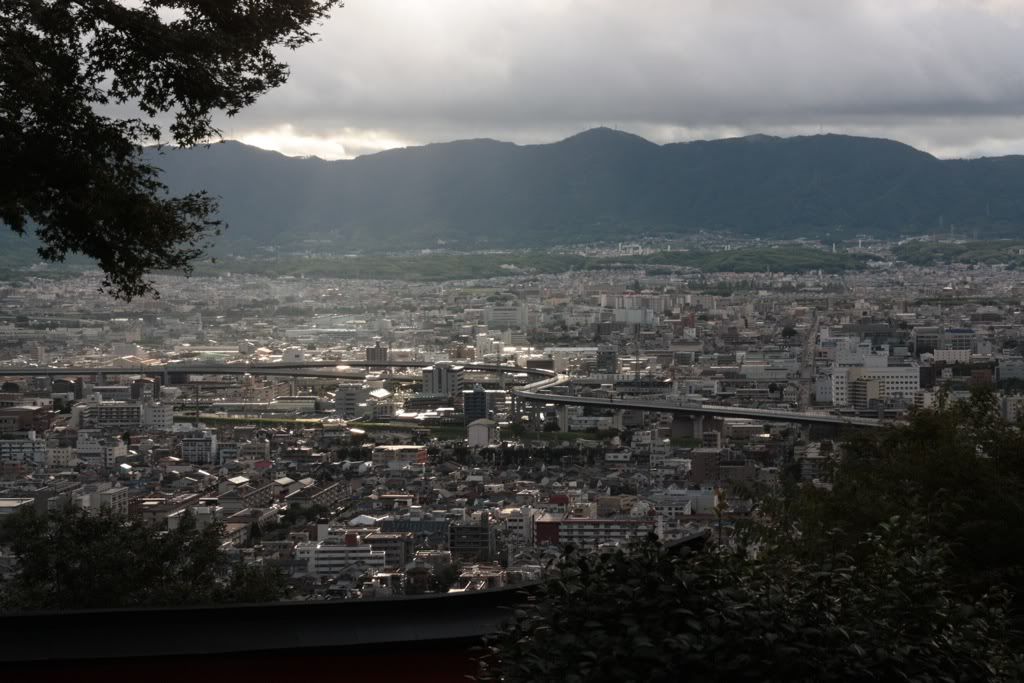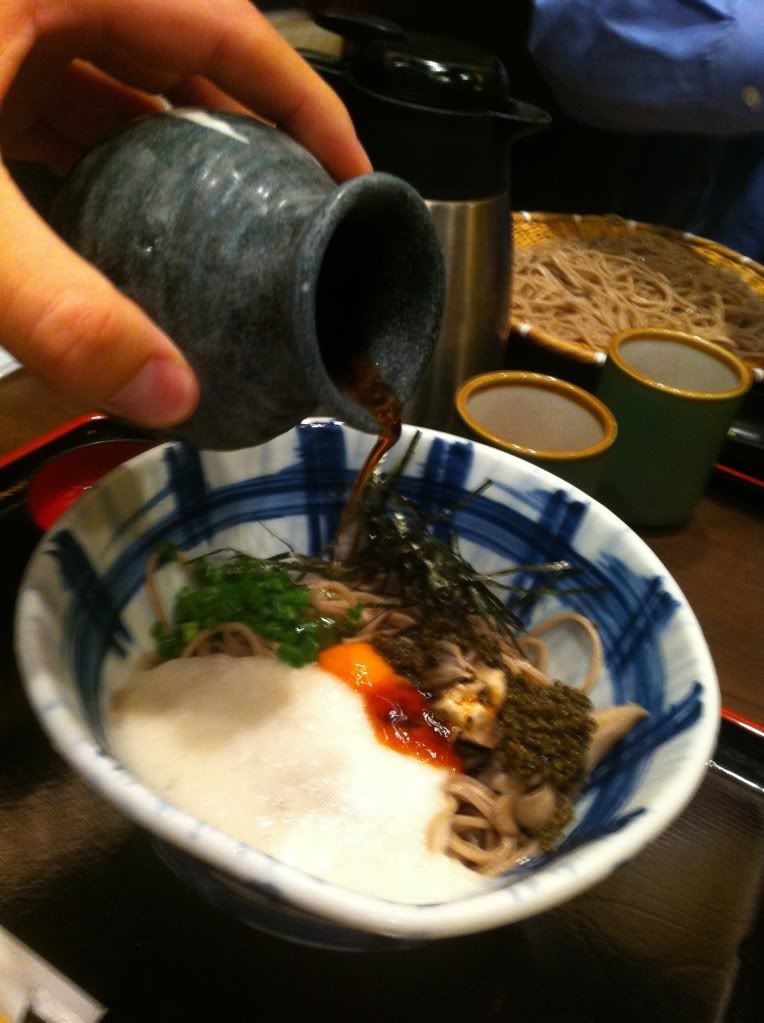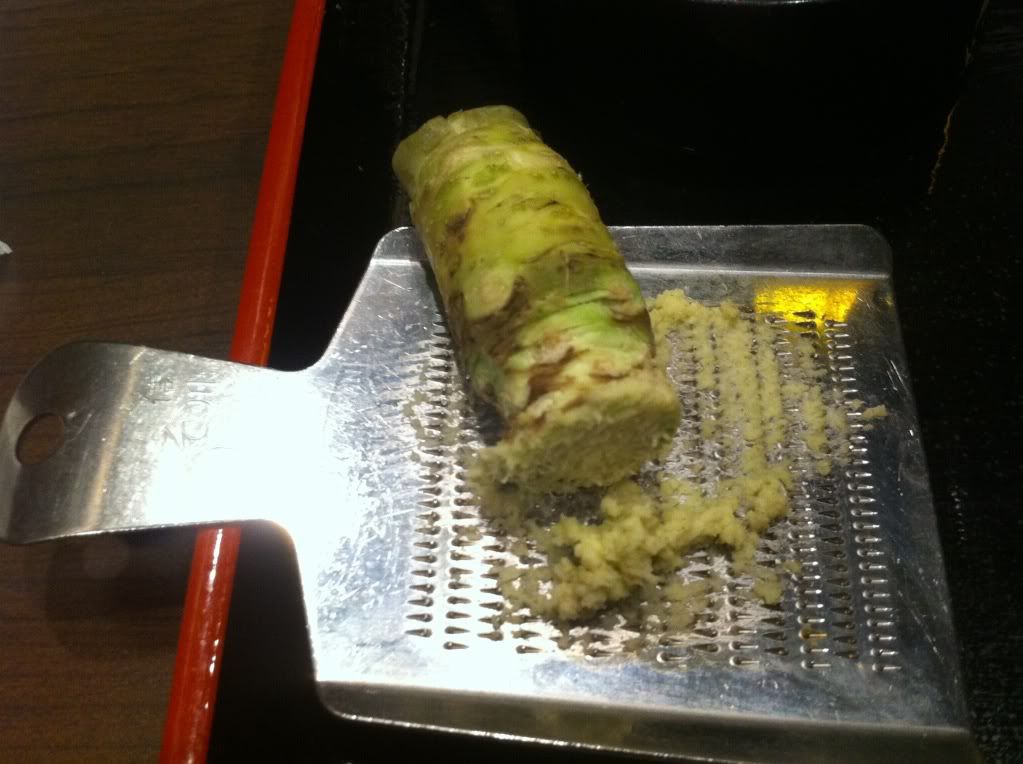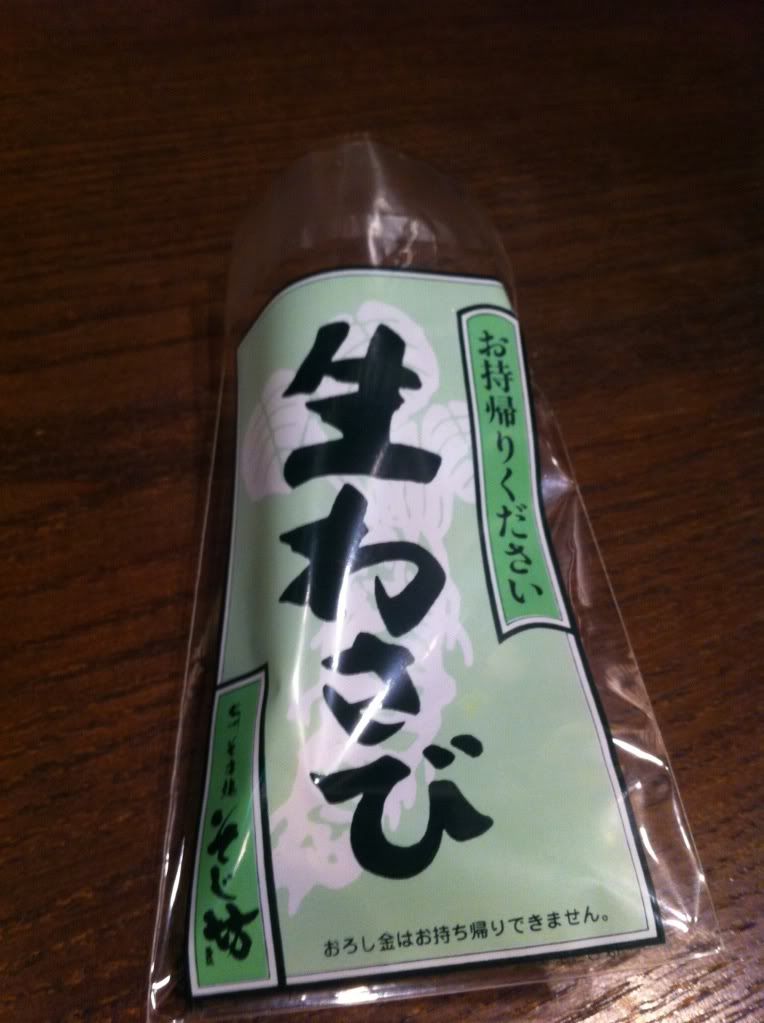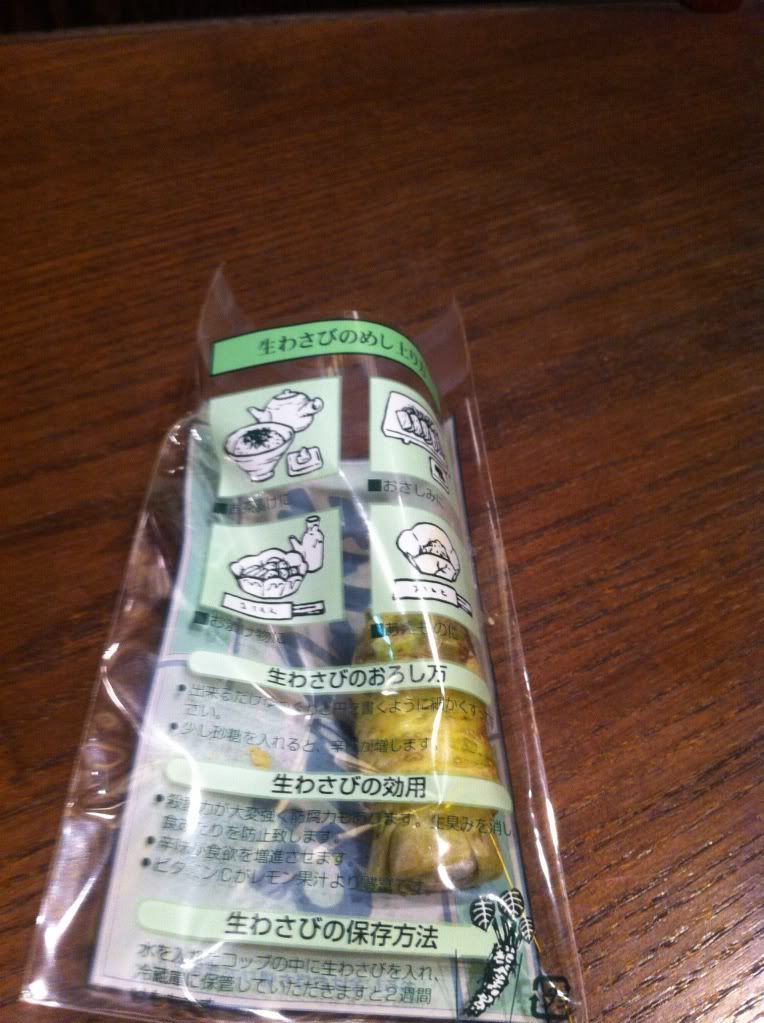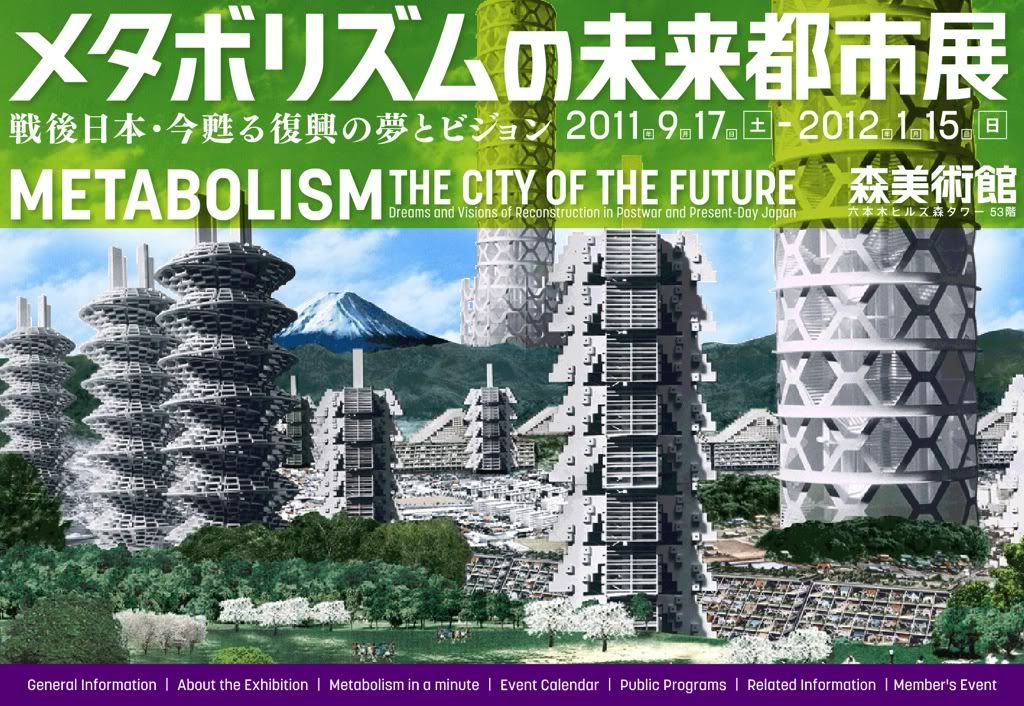Recomenació per a tots aquells que viviu o passareu per Tokyo properament...aneu a visitar la nova exposició del Museu d'art Mori, és molt i molt interessant. L'exposició anomenada "Metabolism" fa referència al moviment arquitectònic del mateix nom creat per un grup de joves arquitectes i dissenyadors Japonesos a principis dels 60s.
Recommendation for those living in Tokyo or plan to come soon...go to visit the new exhibition at Mori Art Museum, is really really interesting. The exhibition, called ¨Metabolism¨refers to the architectural movement of the same name created by a group of young Japanese architects and designers beginning of the 60s.
El grup liderat pel famós arquitecte Kenzo Tange (creador entre altres de l'estadi olímpic de Tokyo, les torres de l'oficina metropolitana a Shinjuku o el memorial de la pau a Hiroshima), estava format per altres personatges brillants com Kisho Kurokawa o Kiyonori Kikutake els quals van conceptualitzar una nova visió de l'urbanisme amb conceptes ultra-moderns i clarament avantguardistes al seu temps. Influenciats per una societat japonesa on s'havia produit un creixement urbà molt ràpid i accelerat les seves propostes eren projectes urbans estructurats i perfectament ordenats però també flexibles i ampliables com si tinguéssin vida pròpia.
The movement lead by the famous architect Kenzo Tange (creator among others of Tokyo olympic stadium, Metropolitan office towers in Shinjuku or the Peace memorial in Hiroshima), had other brilliant names such Kisho Kurokawa or Kiyonori Kikutake, who started to conceptualize a new vision of urbanism with ultra-modern and avant-garde concepts ahead of their time. Influenced by a Japanese society that had a huge and rapid urban growth, their proposals were structured urban projects, perfectly organized but flexible and expandable as well, as if they had own life. The concept was also characterized to use all elements of earth, land, air or water.
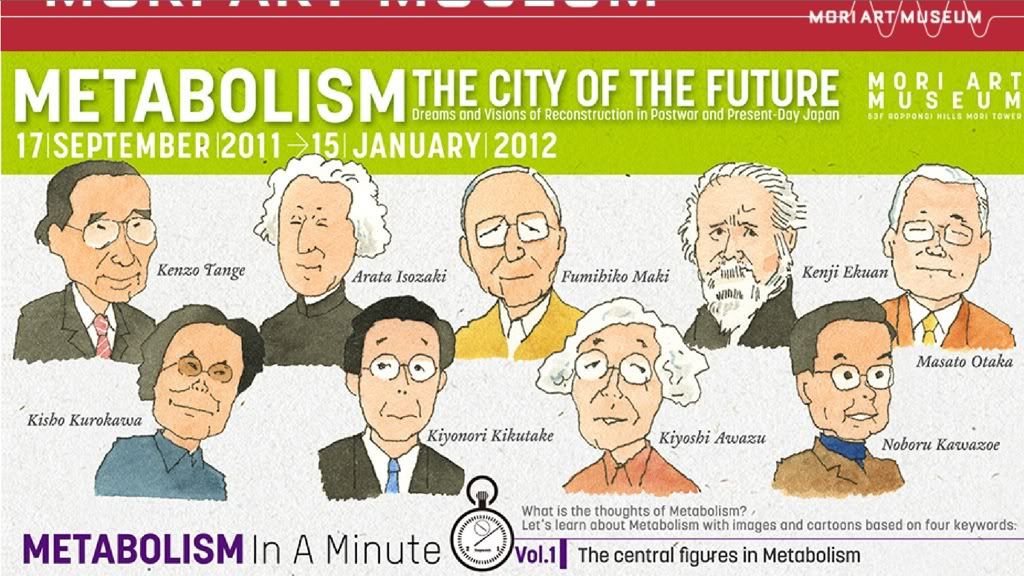
La veritat és que els projectes que es presenten en l'exposició et deixen bocabadat, és al.lucinant pensar que ja als anys 60 hi va haver gent que proposava conceptes tan innovadors i trencadors, semblava ben bé estar en alguna la peli futurista de ciencia-ficció. Evidentment la majoria dels projectes que van presentar mai van arribar a veure la llum...massa avançats al seu temps! Alguns però sí que es van realitzar com el famós estadi olímpic de Tokyo creat pels jocs olímpics del...64!!!!
To tell you the truth the project in exhibition are amazing, no words to describe it, just to think that there was people suggesting these kind of innovative concepts on the 60s is crazy, and one really felt as being in a futuristic movie of science-fiction. Obviously most of these projects never came to light...too advanced to his time! Some individual did it, like the famous Olympic stadium of Tokyo, built for the Olympic games of...1964!!
 |
| Tokyo Olympic stadium (1964) |
Ara segurament si hi ha un projecte que marca el moviment, és l'edifici Nakajin a Tokyo, el primer hotel càpsula que es va crear (recordeu que en parlava fa uns dies d'aquests tipus d'hotels?). Creat per K.Kurokawa l'edifici està literalmet composat per càpsules independents amb l'idea de fóssin extraibles i intercanviables seguint la visió del moviment. La llàstima és que a dia d'avui l'edifici fa pena i s'està debatent entre tirar-lo a terra o no...situat al mig de Tokyo, en una zona d'alt valor immobiliari em sembla que ja sé com acabarà la història...una gran pèrdua.
However if there is a building that really exemplifies the movement, this is the Nakajin capsule tower in Tokyo, the very first capsule hotel ever built (do you remember I wrote about this concept some days ago?). Created by K.Kurokawa the building is composed of real capsules, independents one of each other with the idea that they could be mobiles and exchangeable, following the vision of this movement. The sad side is that nowadays the building is in a complete poor condition and the debate is whether they should knock it down or not...located at central Tokyo, in an area of high real-estate value I think I already know how the story will end up...a great lost.
 |
| Nakajin capsule tower (1972) |
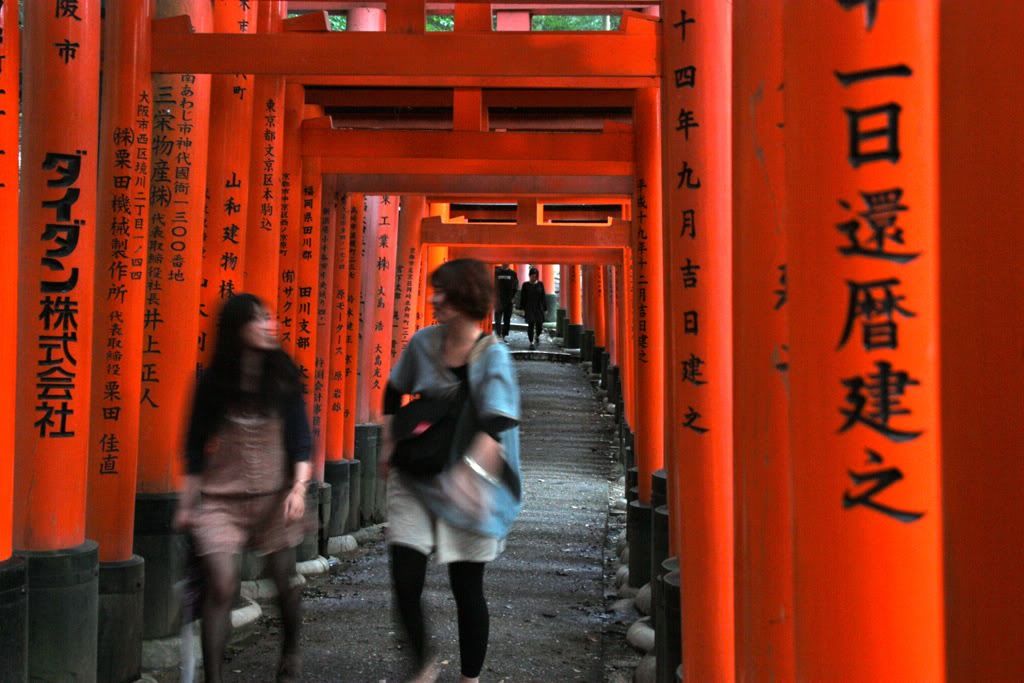 Curiositats de la vida divendres vaig anar per feina a Kyoto i sense saber-ho vaig anar a parar a Inari...famós per allotjar un dels santuaris més peculiars del Japó i del qual fa temps que us en volia parlar, o sigui que aprofitant l'avinantesa si aneu a Kyoto apunteu-vos aquesta referència, "el santuari de Fushimi Inari", jo hi he estat un parell de vegades i com us deia realment val la pena. Es tracta d'un santuari sintoista ubicat en una petita muntanya i es famós per tenir milers de portes tori vermelles, des de baix s'alcen diferents recorreguts d'uns quants quilòmetres que estan tot recoberts d'aquestes portes, de tamanys i densitat diferent donant com a resultat unes formes i sensacions completament úniques. Diuen que totes les portes són donacions individuals o privades que s'han anat fent al llarg dels anys, i en cada porta està escrit el donant de la mateixa. Evidentment també hi ha un temple, Inari dedicat al déu shinto de l'arrós i per suposat està ple de guineus també, animals que tenen un role important en la religió shinto. Així doncs després de uns 40 minuts de marxa (tranquila...) s'arriba al capdamunt, on tot i no ser massa elevat hi ha unes vistes de Kyoto molt xules, com us dic...no us ho perdeu.
Curiositats de la vida divendres vaig anar per feina a Kyoto i sense saber-ho vaig anar a parar a Inari...famós per allotjar un dels santuaris més peculiars del Japó i del qual fa temps que us en volia parlar, o sigui que aprofitant l'avinantesa si aneu a Kyoto apunteu-vos aquesta referència, "el santuari de Fushimi Inari", jo hi he estat un parell de vegades i com us deia realment val la pena. Es tracta d'un santuari sintoista ubicat en una petita muntanya i es famós per tenir milers de portes tori vermelles, des de baix s'alcen diferents recorreguts d'uns quants quilòmetres que estan tot recoberts d'aquestes portes, de tamanys i densitat diferent donant com a resultat unes formes i sensacions completament úniques. Diuen que totes les portes són donacions individuals o privades que s'han anat fent al llarg dels anys, i en cada porta està escrit el donant de la mateixa. Evidentment també hi ha un temple, Inari dedicat al déu shinto de l'arrós i per suposat està ple de guineus també, animals que tenen un role important en la religió shinto. Així doncs després de uns 40 minuts de marxa (tranquila...) s'arriba al capdamunt, on tot i no ser massa elevat hi ha unes vistes de Kyoto molt xules, com us dic...no us ho perdeu. 